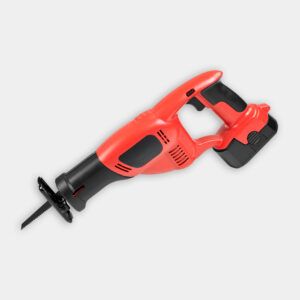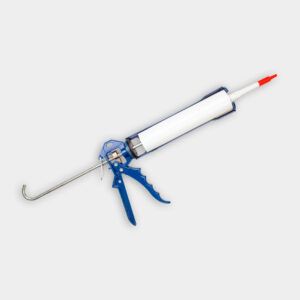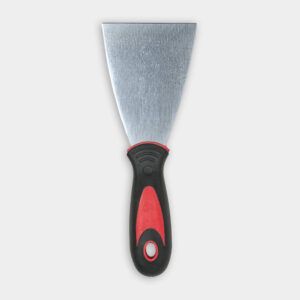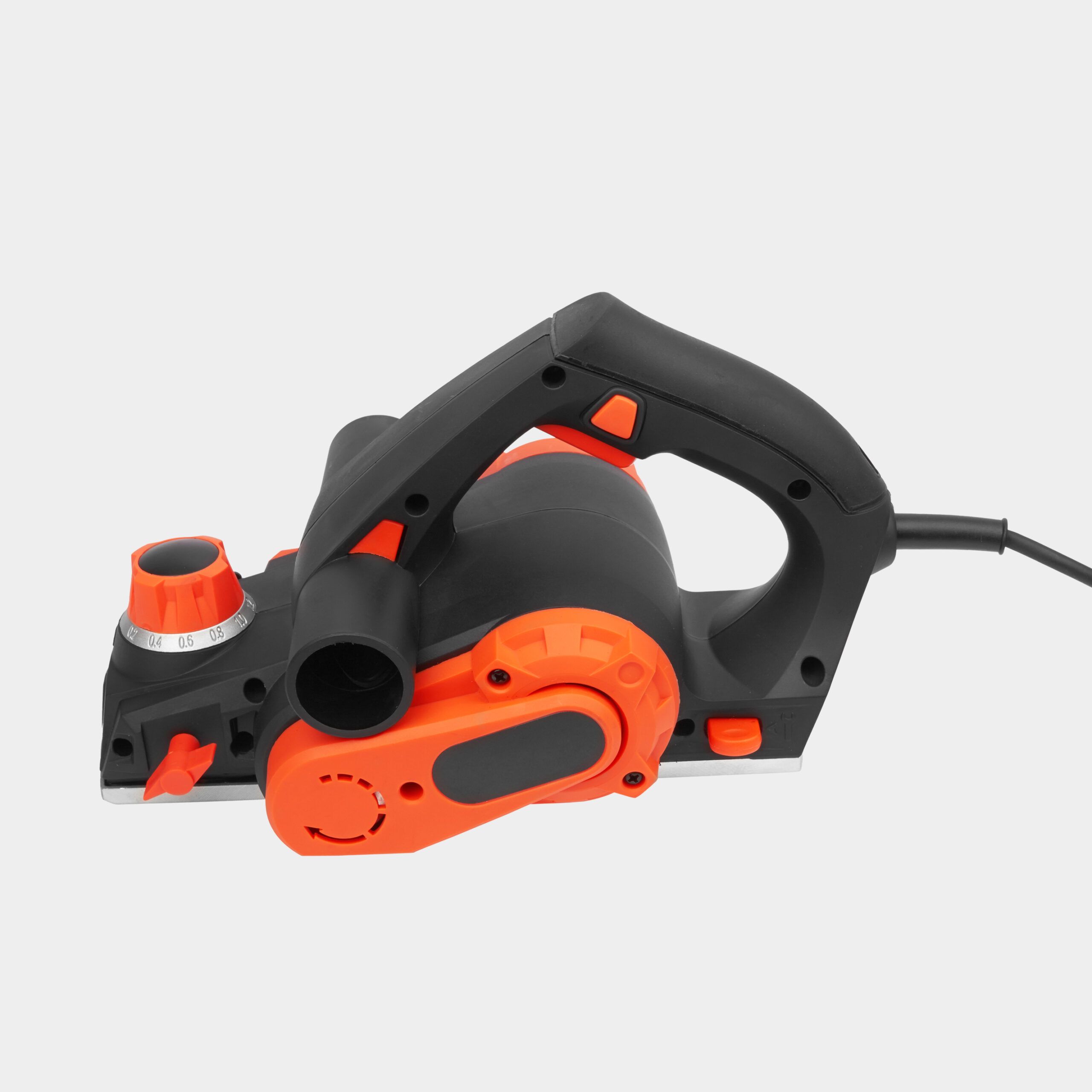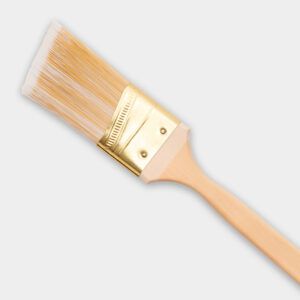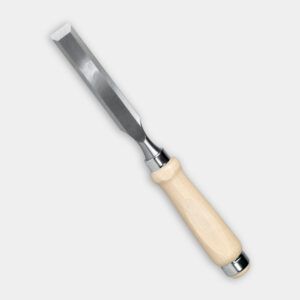We may be compensated if you purchase through links on our website. Our team is committed to delivering honest, objective, and independent reviews on home products and services.
Project details
Skill
Cost
Estimated Time
A rotted porch post can compromise the structural integrity of your porch and detract from your home’s curb appeal. Fortunately, repairing a rotted porch post is a manageable DIY project if you have moderate carpentry skills. This guide will walk you through the process of repairing a rotted porch post. In the video above, This Old House general contractor Tom Silva demonstrates how to permanently patch a decaying porch post.
Assessing the Rotted Porch Post Damage
Before beginning the repair process, you should first take time to fully assess the extent of the damage to your porch post.
Identifying Rot
Inspect the post carefully, paying close attention to areas where water may collect or where the post meets the porch floor. Signs of rot include:
- Cracks or splits in the wood
- Discoloration
- Soft or spongy wood
- Visible fungal growth
Determining the Extent of Damage
Once you’ve identified the rot, use a screwdriver or awl to probe the affected areas. This will help you gauge how deep the rot extends into the post. If the rot is limited to the surface or affects only a small portion of the post, a repair may be possible. However, if the rot has compromised a significant portion of the post, then a full replacement may be necessary.
Preparing for the Porch Post Repair
To prepare for your repair, gather the necessary tools and materials needed, and take proper safety precautions.
Tools and Materials
To repair a rotted porch post, you’ll need the following tools and materials:
- Bottle jack
- Caulk gun and putty knife
- Circular saw
- Cordless impact driver
- Construction adhesive
- Exterior-grade spray primer
- Exterior-grade wood putty
- Hammer and wood chisel
- Layout square
- Paint
- Power planer
- Random orbit sander
- Reciprocating saw
- Rough-sawn cedar 6×6 (for replacement section)
- 5-inch structural screws
Safety Precautions
Before beginning the repair, take these safety measures:
- Ensure proper ventilation when working with adhesives and primers
- Have someone assist you with supporting the porch roof and maneuvering the post
- Use caution when operating power tools
- Wear safety glasses, a dust mask, and work gloves
Steps for Repairing a Rotted Porch Post
Step 1: Remove the Damaged Section
The first step in repairing your rotted porch post is to remove the damaged section. This process involves supporting the porch roof and carefully cutting away the rotted wood.
Support the Porch Roof
First, unscrew and remove the handrail attached to the rotted porch post. Before removing the post, you’ll first need to support the porch roof. As you can see demonstrated in the video, Silva does this by using temporary 2×4 posts and hydraulic bottle jacks on either side of the rotted post. This ensures the roof remains stable while you work on the repair. Supporting the roof properly takes the weight off the post you’re repairing, making the process safer and easier.
Cut Away the Rot
Once the roof is supported, use a reciprocating saw to cut the top of the post free from the overhead beam. Then, remove the post and lay it across two sawhorses. Using a circular saw, cut away the rotted section from the bottom of the post, ensuring you remove all compromised wood. Carefully cut around any good wood to preserve as much of it as possible.
Step 2: Prepare the Replacement Section
With the damaged section removed, it’s time to prepare the replacement piece that will restore your porch post to its original appearance and structural integrity.
Select the Right Wood
Choose a piece of rough-sawn cedar for the replacement section. Cedar is naturally rot-resistant and will help prevent future decay. Ensure the dimensions of the new piece match or slightly exceed those of the original post. Avoid using pressure-treated wood that may not match the dimensions of your old post.
Cut a Scarf Joint
To create a strong connection between the old post and the new section, Silva recommends cutting a half-lap scarf joint rather than just cutting straight across. This joint provides more surface area for adhesion and helps distribute weight evenly. Use a circular saw and reciprocating saw to cut the joint in both the new section and the existing post. Fine-tune the cuts by sanding them with a random orbital sander and a chisel and hammer for an exact fit.
Step 3: Attach the New Section
With both pieces prepared, it’s time to join the new section to the existing post. This process involves careful alignment, strong adhesion, and secure fastening.
Apply Adhesive
Apply a generous amount of construction adhesive to the surface of the scarf joint on the original post. Use a flexible-blade putty knife to spread the adhesive evenly, ensuring complete coverage—there should be no bare wood visible. This step helps create a watertight seal and strong bond between the two pieces. Properly sealing these joints will prevent future moisture from infiltrating and causing future rot.
Secure the Joint
Once the adhesive is applied, bring the two pieces together and align them carefully, tapping with a hammer for a tight fit. Use four five-inch structural screws to fasten the new section to the old post. Drive the screws about ¼ inch below the surface using an impact driver. This will allow you to conceal the screw heads later. Proper alignment will make the finished post look seamless.
Step 4: Finish the Repaired Porch Post
After attaching the new section, there are a few finishing steps you should take to ensure the repaired post looks seamless and is protected from future damage.
Plane the Surface Flush
Use a power planer to trim the new section flush with the existing post. This step ensures a smooth transition between the old and new wood.
Fill, Sand, and Prime
Fill all screw holes and any remaining cracks with exterior-grade wood putty. Once the putty is dry, sand the filled areas smooth. Apply an exterior-grade spray primer to all bare wood surfaces, paying special attention to end grain areas, which are more susceptible to moisture absorption.
Paint and Reinstall the Post
After the primer has dried, apply a top coat of paint that matches the rest of your porch. Once the paint is dry, reattach the base plate to the bottom of the post. With the help of an assistant, stand the repaired post back in place on the porch floor. Secure the top and bottom of the post with screws, then remove the temporary supports. Ensure the paint covers all wood surfaces to protect against weather.


